Coffee has long been more than just a beverage for alertness—it’s a culture, a multi-billion dollar industry spanning over 70 coffee-growing countries. Each coffee bean leaving the farm carries the story of its land, climate, and the human hands that crafted it. However, not all coffee beans are created equal. The coffee industry today is divided into various segments, with the four most common groups being Low-grade, Commodity, Premium and Specialty Coffee. Let’s explore with Hello 5 Coffee the differences between these 4 coffee segments!
1. Overview of coffee segments worldwide
According to the International Coffee Organization (ICO), the world consumes over 10 billion kg of coffee annually, of which approximately 70–75% is commodity coffee, 20–25% belongs to the mid to high-end segment (premium coffee), and less than 5% is specialty coffee. These figures show that while specialty coffee is frequently discussed, it actually represents only a small portion of global coffee consumption.
Coffee segmentation not only reflects the quality of coffee beans but also demonstrates the economic value of each type. A kilogram of low-grade coffee may cost only a few tens of thousands of dong, while a kilogram of specialty coffee can reach millions of dong—a difference not due to “branding” but because the entire production process, harvesting, sorting, and quality assessment are all different.
2. The 4 common coffee segments in the industry
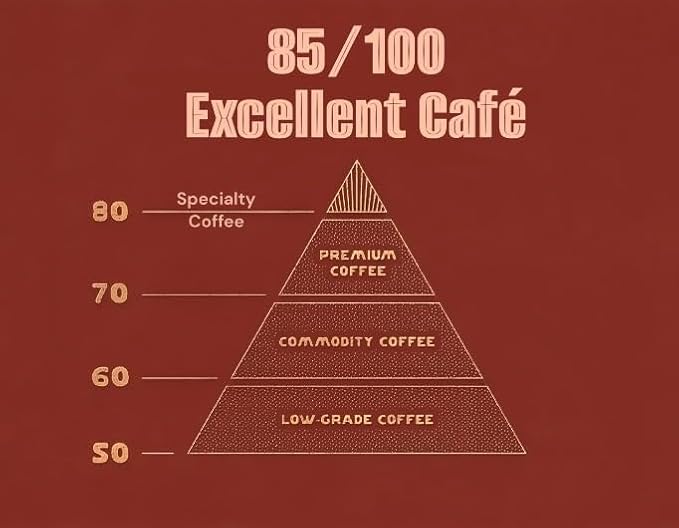
2.1. Low-grade coffee
Low-grade coffee represents the lowest segment in the coffee world. This is coffee that typically has many defective beans, is harvested without selection, poorly processed, or improperly dried. These beans usually come from mass production areas lacking technical investment, or from batches damaged during transportation and storage.
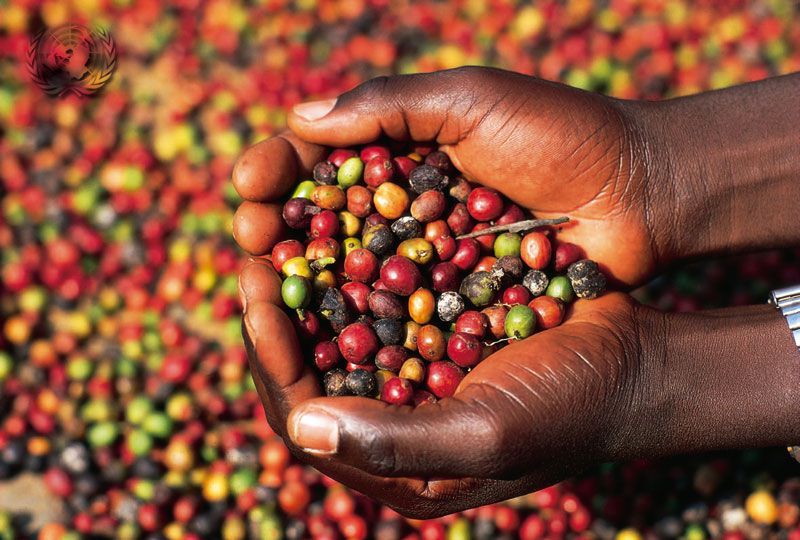
According to Coffee Quality Institute (CQI) standards, a coffee sample is considered low-grade when it has more than 86 defects in a 300g test sample. Common defects include black beans, broken beans, moldy beans, fermented beans, or those containing impurities. When roasted, this type of coffee typically has a harsh bitter taste, off-sour notes, or burnt aroma due to internal bean defects.
Most low-grade coffee is used in cheap instant coffee products or blended into commercial coffee lines to reduce costs. Some African and Asian countries have high volumes of low-grade coffee due to limited harvesting and storage conditions. For average consumers, this type of coffee often represents “cheap coffee,” but for coffee professionals, it’s the dark side of the supply chain—where profit and production pressure cause quality to be sacrificed.
2.2. Commodity coffee
Commodity coffee, also known as commercial coffee, accounts for the majority of consumption worldwide. This is coffee bought and sold on commodity markets such as the New York exchange (Arabica) or London (Robusta). Its price depends on global supply and demand, not on individual farms or specific quality.
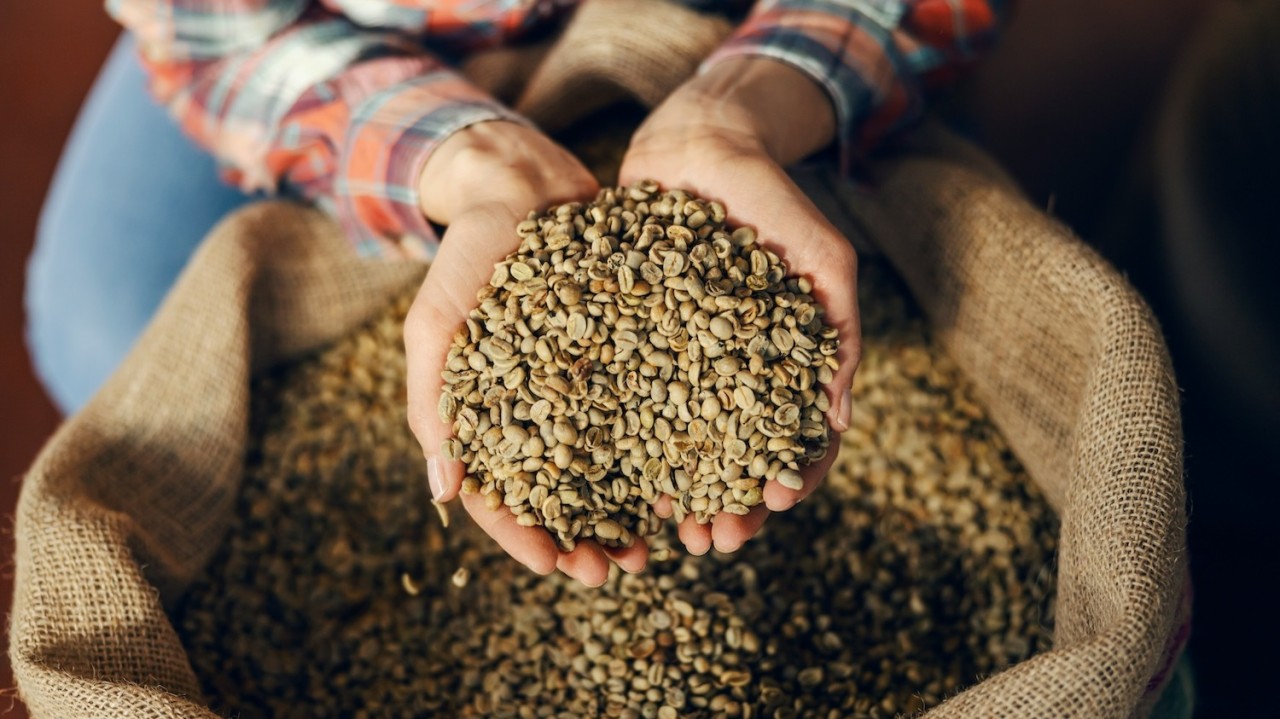
Commercial coffee is produced with the goal of uniformity, large volume, and stable pricing. Coffee beans in this group are typically blended from many different regions to ensure flavor “consistency year after year,” even though the quality of individual batches may fluctuate slightly. When you drink a cup of coffee from a mainstream supermarket brand, it’s very likely a blend from dozens of different coffee regions, roasted and blended to create a familiar flavor—not outstanding, but easy to drink and consistent.
The quality of commodity coffee typically falls within a cupping score of 60–79 points (on SCA’s 100-point scale). It can be acceptably good, but rarely delivers unique or complex flavors. Major brands like Nestlé, Lavazza, or Trung Nguyen in the mass market segment all use predominantly this type of coffee to serve the majority of consumers.
Commodity coffee is the backbone of the global coffee industry, but it also brings many controversies. Because selling prices depend on commodity exchanges, farmers are often pressured on pricing and struggle to control profits. This is also why movements like Fair Trade and the Specialty Coffee Movement emerged—to return fair value to growers.
2.3. Premium coffee
If commodity coffee aims for uniformity, premium coffee is a step higher—where roasters and brands begin to focus on quality, origin, and taste experience.
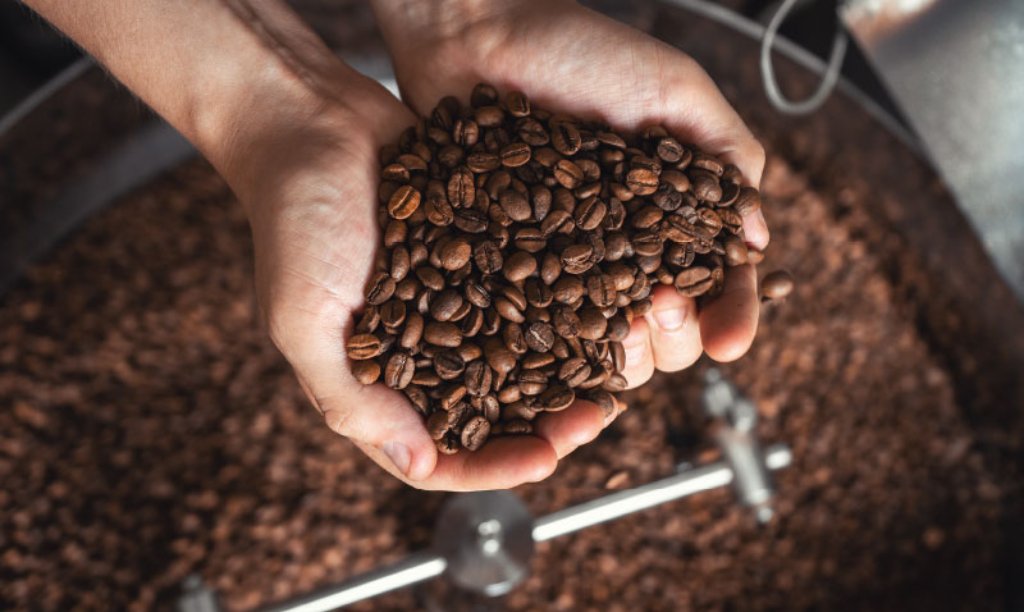
Premium coffee has no official definition, but according to industry understanding, this is coffee of good quality, with few defective beans, cupping scores typically around 80±2 points, but not yet meeting SCA’s strict “specialty” standards. It may be more carefully selected, have clear origins, be properly roasted, and sometimes carry the brand’s distinctive mark.
For example, an Arabica from Da Lat selected from a farm at 1,400m elevation, 90% ripe cherry harvest, dried in a greenhouse, roasted at medium level—that could be a premium coffee product. Its flavor may not be as complex as specialty coffee, but it still has cleanliness, balance, and pleasantness—suitable for coffee lovers seeking an experience better than mainstream products.
Many Vietnamese brands are currently operating strongly in this segment, as it represents the “balance point” between good quality—reasonable price—stable volume. Premium coffee is also often used as a stepping stone for mainstream drinkers to gradually familiarize themselves before moving up to specialty coffee.
2.4. Specialty coffee
Specialty coffee isn’t just good coffee—it’s a philosophy. According to the Specialty Coffee Association (SCA) definition, a coffee sample is considered “specialty” when it scores 80 points or higher (on a 100-point scale), has no primary defects, and a maximum of 5 secondary defects in a 300g test sample. But in reality, that number is just the tip of the iceberg.
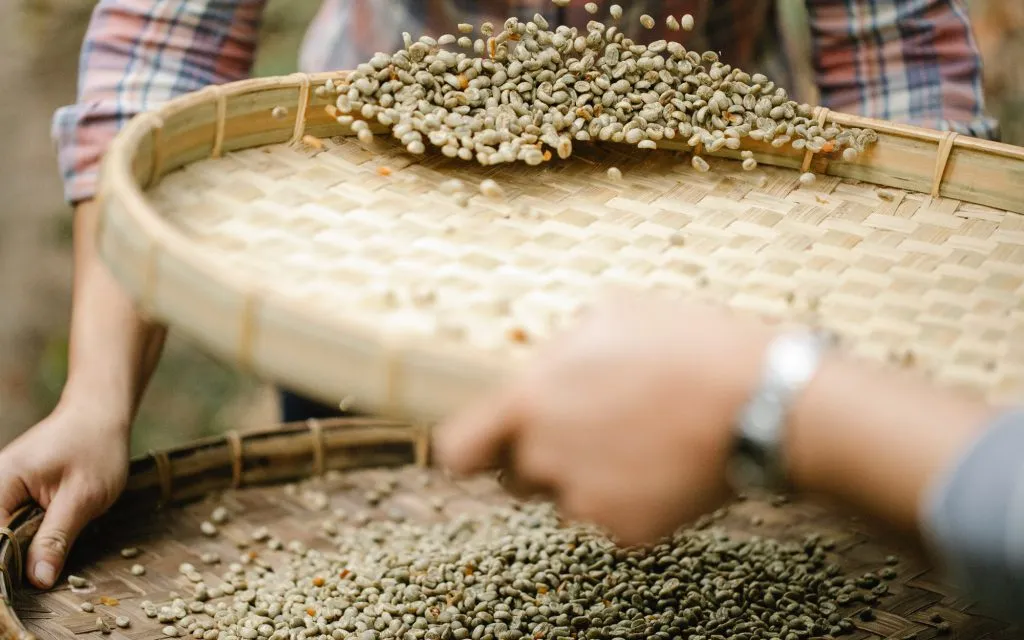
To meet specialty coffee standards, coffee must be carefully tended from seed selection, sustainable cultivation, manual harvesting of only ripe cherries, clean processing, and proper storage procedures. The roasting process must also be performed by highly skilled professionals to preserve the growing region’s characteristics (terroir). And most importantly—everything must be transparent: growing region, elevation, variety, roast date, processing method are all clearly disclosed.
Specialty coffee can produce thousands of flavor nuances: sweetness like honey, clean acidity like ripe fruit, long and clean aftertaste. Some famous varieties like Ethiopian Yirgacheffe, Panama Geisha, or Vietnam Arabica Langbiang can reach 86–90 points, auctioned at prices dozens of times higher than regular coffee. For many people, enjoying specialty coffee isn’t just about drinking coffee—it’s about discovering the flavors of each terroir.
The special point is that specialty coffee typically comes from micro-lots or single-origin sources, meaning coffee produced on a small scale, each batch being the result of meticulous care and experimentation. This is why production is limited and costs are high, but the emotional value and experience it brings far exceed ordinary cups of coffee.
Read more: What is Fine Robusta? Everything You Need to Know
3. Overall comparison between the 4 common coffee segments
If summarized with an easy-to-understand framework, we can see the differences between these four groups as follows:
| Criteria | Low-grade | Commodity | Premium | Specialty |
|---|---|---|---|---|
| Cupping score (SCA) | <60 | 60–79 | ~80 | ≥80 |
| Number of defects (per 300g) | >86 | 21–86 | <21 | ≤5 |
| Production goal | Cheap, large volume | Stable, uniform | Good quality, experience | Unique flavor, transparency |
| Origin | Unclear, multi-region blend | Multi-region blend | Clear origin | Single-origin, micro-lot |
| Consumption method | Instant coffee, blends | Supermarkets, large chains | Coffee shops, premium brands | Specialty cafes, independent roasters |
| Value to farmers | Very low | Low | Medium | High and fair |
4. Why understanding coffee segments matters?
Distinguishing coffee grades not only helps consumers choose suitable products but also contributes to changing perceptions about the true value of coffee beans. A specialty coffee bean is not only more valuable in flavor but also reflects the effort, technique, and social responsibility of the entire supply chain.
For farmers, reaching the premium or specialty coffee segment means they receive higher prices, have motivation to invest in better techniques, and develop sustainably. For roasters, it’s an opportunity to be creative and express their unique style. And for drinkers, it’s a journey of perception—from an ordinary cup of coffee to understanding an entire culture behind it.
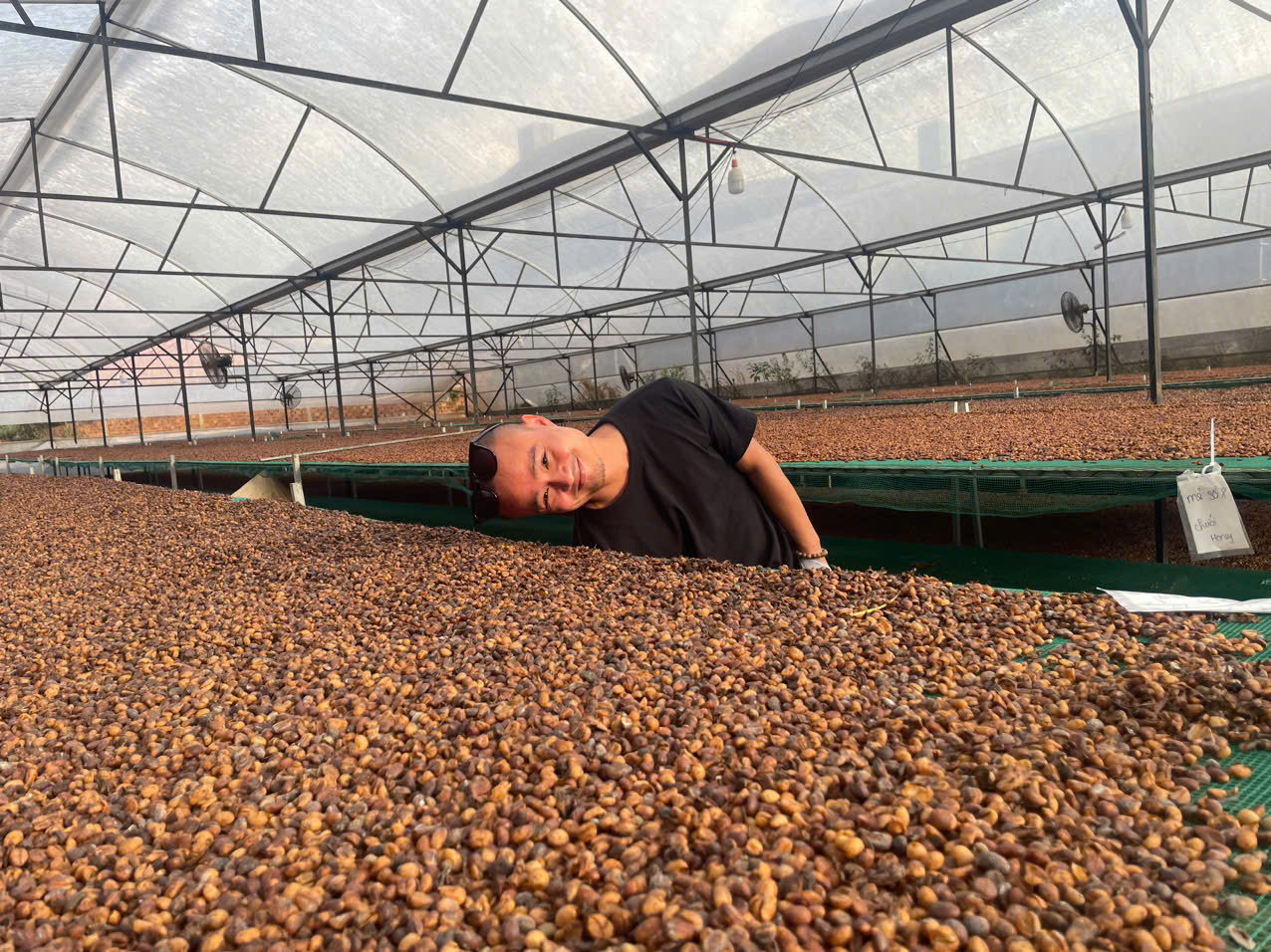
At Hello 5 Coffee, we pride ourselves on being one of the best premium and specialty coffee suppliers in Vietnam. All our coffee beans undergo careful cultivation, harvesting, and processing to deliver the finest flavors. This is why our pricing is typically higher than mass-market coffee suppliers. Our coffee is suitable for specialty coffee shops and premium coffee brands. Therefore, if you have any needs, please contact us via Email: info@hello5coffee.com or WhatsApp: (+84) 81.535.5505.
